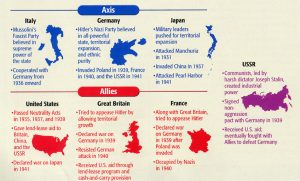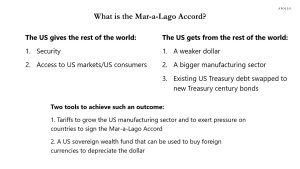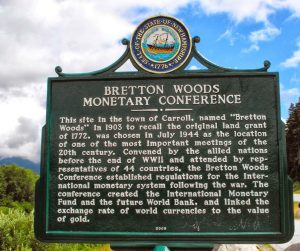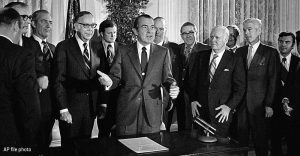The War Tactics: Creating the Next Move
Wars aren’t fought for freedom; they’re orchestrated to justify new systems of control. Each war—whether on drugs, currency, disease, or natural resources—has been used as a smokescreen for the real power shifts.
WWI & WWII: The Global Chess Move
-
WWI (1914-1918) – Took down monarchies, established the League of Nations (early global governance attempt), and set the stage for economic dependency.
-
WWII (1939-1945) – Shifted global power further to the U.S. and Soviet Union, dismantled the British Empire, and introduced the Bretton Woods System (1944), making the U.S. dollar the global reserve currency.
-
Keynes & Bedlam – John Maynard Keynes, the architect of modern fiat economic theory, played a role in designing the system that would ultimately enslave nations under debt-based currency.
The Bretton Woods Agreement (1944)
-
Established the IMF & World Bank, ensuring economic control through debt.
-
Pegged world currencies to the U.S. dollar, which was backed by gold.
-
Allowed the U.S. to become the global financial center.
1971: Nixon Ends the Gold Standard
-
Once the U.S. removed gold backing, the dollar became purely debt-based (fiat).
-
Petrodollar system ensured that all oil sales were conducted in USD, keeping global reliance on the American financial system.
War on Drugs (1970s)
-
Used to justify mass incarceration and fund covert operations (CIA trafficking).
-
Destroyed communities while pharmaceutical companies took over.
War on Cancer, Autism, & Health
-
Instead of cures, industries were built around treatment and dependency.
-
Big Pharma & Rockefeller Medicine ensured profit over healing.
War on Hemp: The Great Cover-Up
-
Hemp threatened multiple industries: textiles, fuel, medicine, paper, and plastics.
-
Criminalized under false pretenses (Marijuana Tax Act of 1937).
-
Now, the modern hemp bans in California & South Africa continue this suppression.
Now: The Mar-a-Lago Accords (2024) 
-
This is the counter move against the globalist system.
-
The Mar-a-Lago Accords aim to de-dollarize international trade, breaking the petrodollar stranglehold.
-
Countries are seeking gold-backed, commodity-backed currency.
-
Sovereign wealth funds will play a role in bypassing IMF & World Bank debt traps.
The Next Move?
-
Declassify Hemp & Restore Sovereignty – Break the control grid on health, economy, and agriculture.
-
Expose the Fiat Money Scam – End central banking manipulation.
-
Kingdom Economy & Transparency – Build alternative systems based on abundance, not scarcity.
-
Miracles Transformation Sanctuary in Silicon Valley – Restore minds, bodies, and souls through truth.
We are in the final battle of this global chess match. It’s time to move boldly, expose the deception, and build the Kingdom economy.
The “Mar-a-Lago Accord” is a proposed economic strategy under the Trump administration aimed at restructuring global trade and finance to address the United States’ significant trade deficits and strengthen its manufacturing sector. The plan draws inspiration from the 1985 Plaza Accord, where major economies coordinated to devalue the U.S. dollar.theweek+1ING Think+1
Key Components of the Mar-a-Lago Accord:
-
Dollar Devaluation: The central objective is to weaken the U.S. dollar, making American exports more competitive and imports more expensive, thereby reducing the trade deficit. ING Think
-
Debt Restructuring: The proposal suggests converting existing U.S. government debt into new, long-term Treasury bonds, potentially easing the federal debt burden. Bloomberg+2Apollo Academy+2Forbes+2
-
International Cooperation: The plan envisions negotiating with major U.S. trading partners and creditors to support the dollar’s devaluation, leveraging access to American markets and security guarantees as incentives. MarketWatch+1Apollo Academy+1
Potential Challenges and Risks:
-
Global Cooperation: Securing agreement from international partners may be difficult, as a weaker dollar could negatively impact their economies. ING Think
-
Inflation: A devalued dollar could lead to higher import prices, contributing to domestic inflation. ING Think
-
Financial Market Stability: The proposed debt restructuring and currency devaluation could unsettle financial markets, affecting global economic stability.
While the Mar-a-Lago Accord aims to revitalize U.S. manufacturing and correct trade imbalances, its success depends on careful negotiation and management of the associated economic risks.


